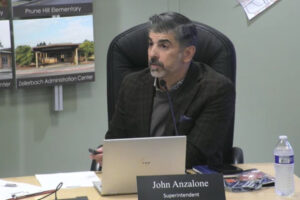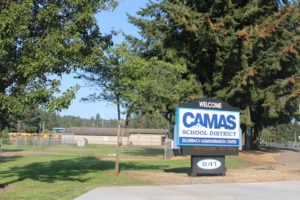Camas School District students are scheduled to go back to school next week, but ongoing contract negotiations between the Camas School District and its teachers’ union could delay the scheduled start of the 2023-24 school year.
Members of the Camas Education Association, the union representing 450 Camas educators, met Tuesday, Aug. 22, to discuss the contract negotiations.
“With just days remaining before school starts, we are still without a contract,” Camas teacher Michael Sanchez, the union’s vice president and communications liaison, told The Post-Record Wednesday morning. “We need smaller classes, more special education supports, protected teacher planning time, and more equitable resources for music, library and (physical education).”
Sanchez would not say if union members voted for a potential strike during the Aug. 22 meeting, but did say union members “are dedicated to students’ futures, and … willing to take action to win what they need to succeed in our classrooms.”
Camas students are slated to return to school Monday, Aug. 28.
“We are still negotiating … and there could be a work stoppage,” CSD Communications Director Doreen McKercher told The Post-Record Friday, Aug. 18, adding that the district may need to push the Aug. 28 first-day-of-school date if teachers decide to go on strike.




